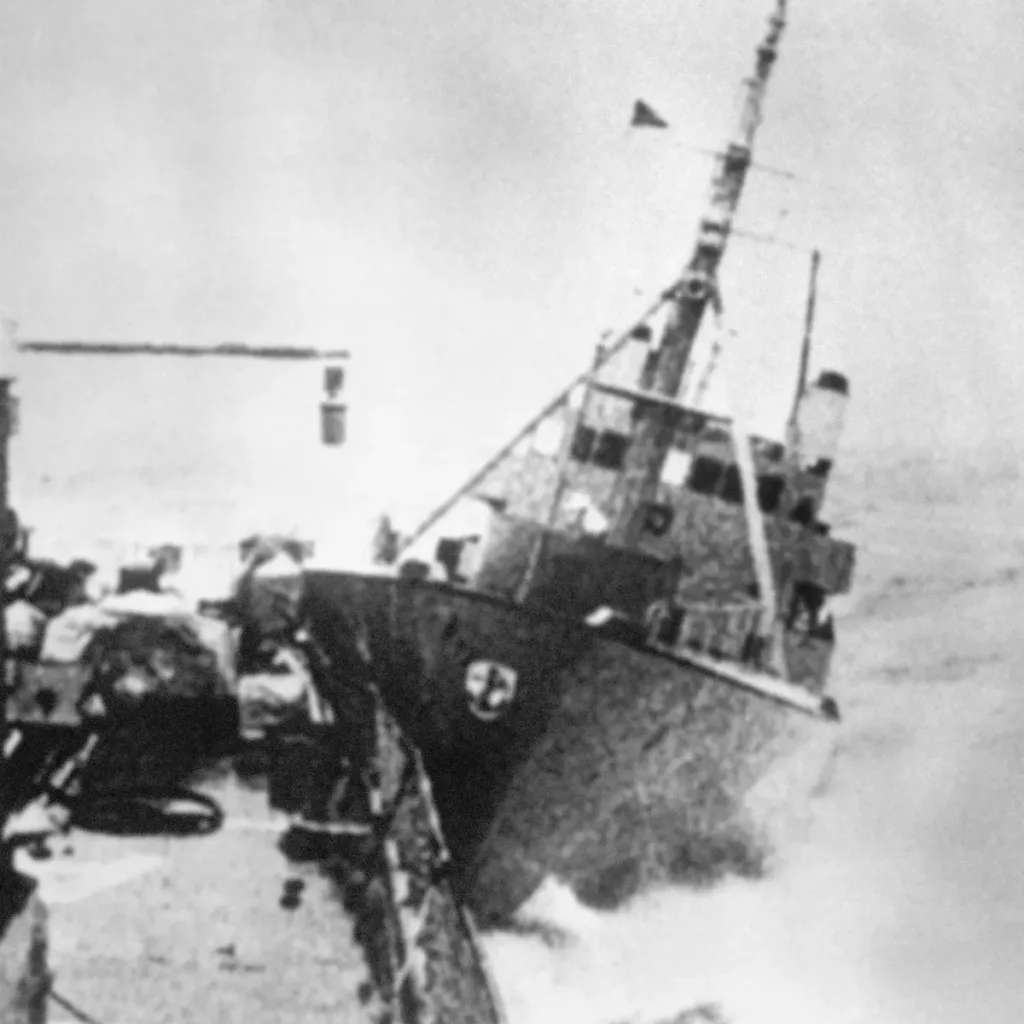
ADVERTISEMENT - CONTINUE READING BELOW
15. The Second Cod War of 1972 – 1973
Pressures on the cod stocks in Icelandic waters from heavy fishing led to depleted catches by the end of the 1960s. In order to conserve, and to give their own fishermen a wider area of protected waters, Iceland again extended their territorial limits in 1972, to 50 nautical miles. It was one of the rare occasions when the Warsaw Pact and NATO agreed. All opposed the extension, as it limited their own fishing fleets from some of the most fertile fisheries in the world. The Icelandic Coast Guard, considerably larger than in 1958, deployed net-cutters to sever the fishing trawlers’ nets when they encountered them. The British responded with aircraft patrols, which warned the units of the Royal Navy of the whereabouts of Icelandic patrol craft. British ships then positioned themselves to protect the fishing boats.
Once again, Iceland threatened to leave NATO and expel the American military. After several at sea incidents, numerous collisions and exchanges of gunfire, and the seizure of foreign fishing trawlers an agreement was brokered within NATO. The 50-mile limit was accepted, though foreign trawlers could enter it during specific seasons, and remain in specific areas, with a license. The British trawlers were limited to a catch of 130,000 tons. The agreement which ended the Second Cod War, signed in November 1973, was set to expire in two years. The interim period was to be used to resolve any remaining differences between Iceland and Great Britain over continued use of the Icelandic fisheries. Instead, the November 1975 expiration of the agreement serves as the starting point for the Third Cod War.

